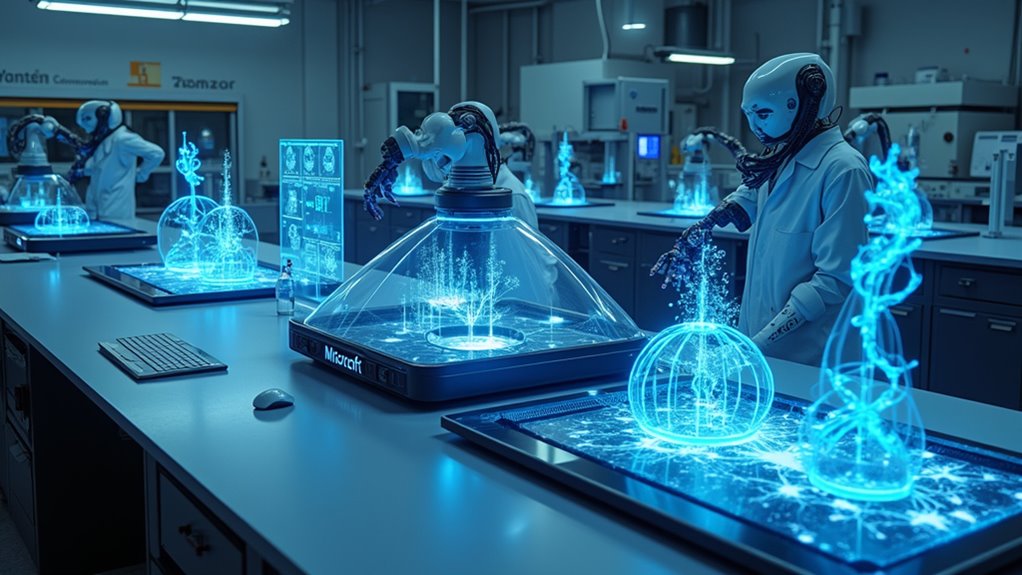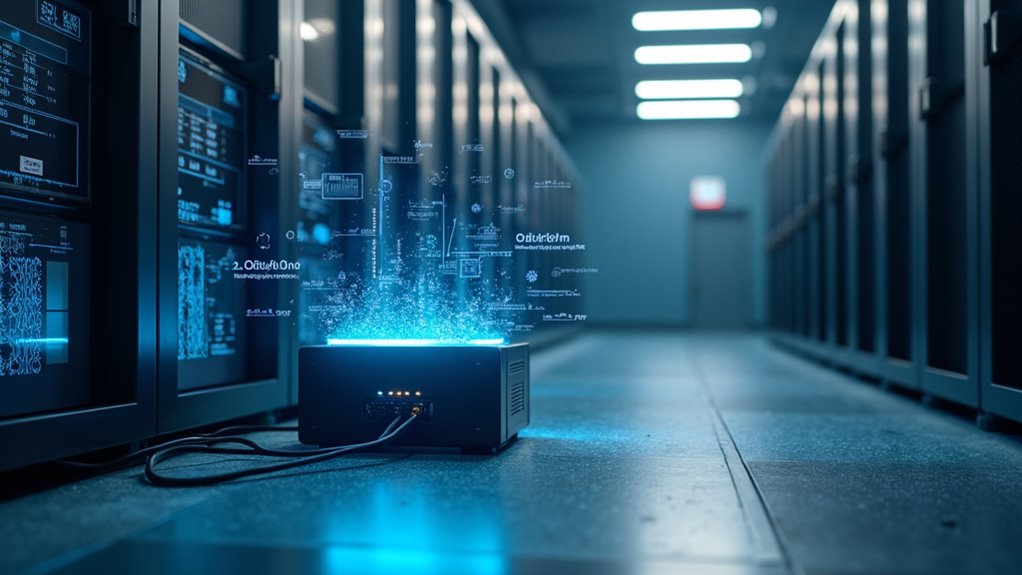Microsoft just flipped the script on AI development with Windows AI Foundry, replacing the Copilot Runtime nobody really loved. This ambitious overhaul supports all major chipmakers while giving developers access to 1,900+ AI models including GPT-4.5 and Grok 3. With Microsoft’s AI business booming at $13 billion annually (up 175% year-over-year), they’re clearly betting big on local AI execution. The competition (*cough* Apple *cough*) should probably start taking notes.
Every developer’s dream just got a whole lot closer to reality. Microsoft dropped a bombshell at Build 2025 with Windows AI Foundry, leaving tech enthusiasts scrambling to process what just happened. This isn’t your average update, folks—it’s a complete reimagining of how developers interact with AI on Windows.
Remember Windows Copilot Runtime from last year? Consider it the awkward teenage phase before this glow-up. The newly minted Windows AI Foundry unites tooling, model management, and optimization pipelines in one sleek package. It’s like Microsoft finally cleaned their room and organized everything into those fancy labeled containers you see on Pinterest.
Windows AI Foundry: the glow-up that turns teenage awkwardness into a perfectly organized digital powerhouse.
The timing couldn’t be better, with Microsoft’s AI business hitting a staggering $13 billion annual revenue run rate—that’s 175% year-over-year growth. *Somebody’s* been eating their Wheaties.
What makes this particularly juicy is how Microsoft has managed to play nice with virtually everyone in the silicon sandbox: AMD, Intel, NVIDIA, and Qualcomm all supported. The days of “sorry, wrong chipset” might finally be behind us, especially with those shiny new Copilot+ PCs getting special optimization treatment. The system even auto detects hardware capabilities, intelligently selecting the right CPU, GPU, or NPU for optimal model performance.
For developers who’ve been pulling their hair out trying to create AI applications locally, this platform is basically digital therapy. Access to 1,900+ models including GPT-4.5 and Grok 3? Yes, please. It’s like having an all-you-can-eat buffet after being on a diet of limited local options.
The strategy here is classic Microsoft—empower third-party developers and watch the ecosystem flourish. By embedding AI as a central element of Windows and following that “intelligence by default” principle, they’re positioning Windows as the go-to environment for AI development.
Let’s be real though—this isn’t just about making developers happy. It’s Microsoft saying, “Hey Apple, watch this” while executing a perfect cannonball into the AI pool. With data privacy concerns continuing to hinder AI implementation across industries, Microsoft’s local AI execution approach offers a compelling solution for businesses hesitant to adopt cloud-based alternatives. And honestly? That splash is going to reach far beyond what anyone expected. With projections showing that 60% of PCs will have on-device AI capabilities by 2027, Microsoft is clearly betting on a future where local AI execution becomes the standard.









